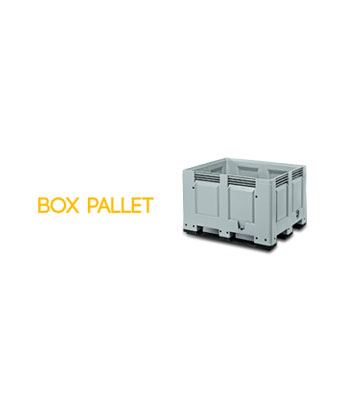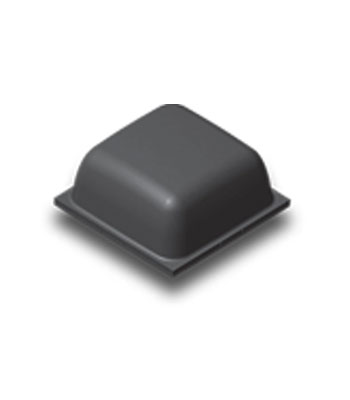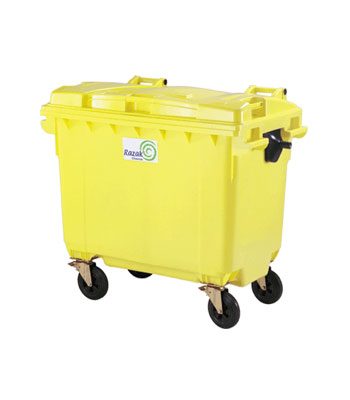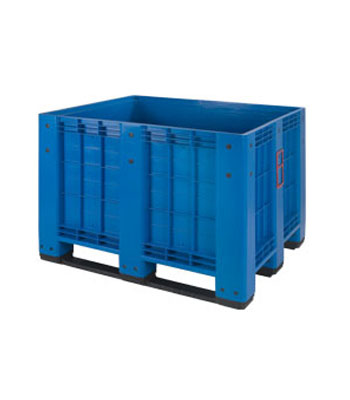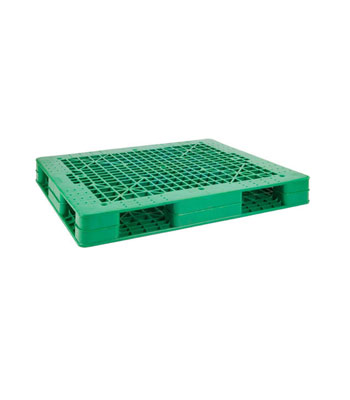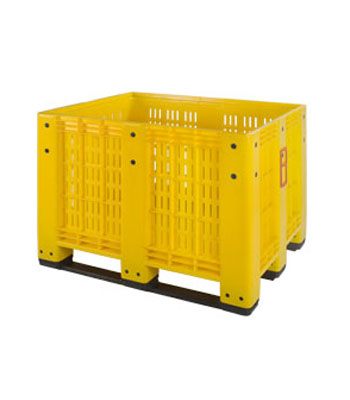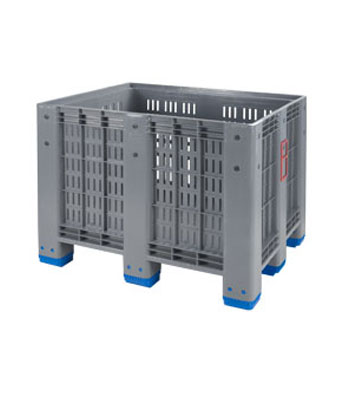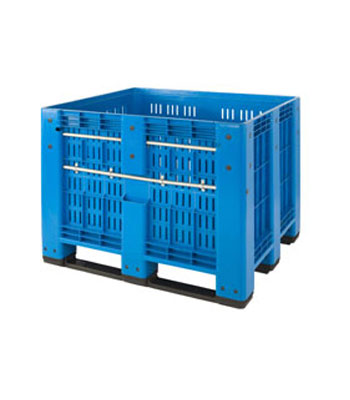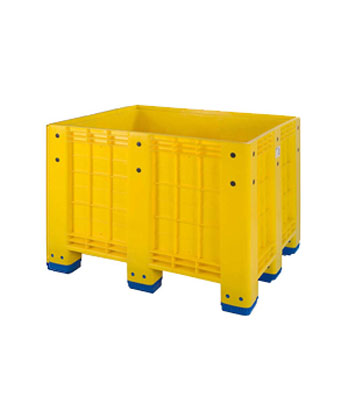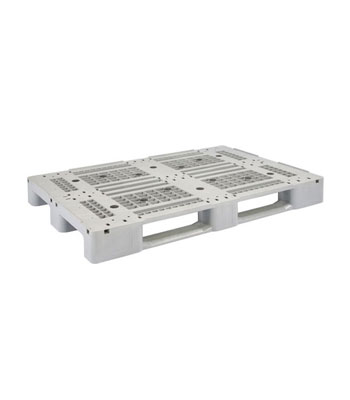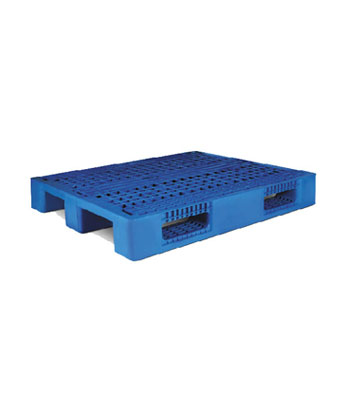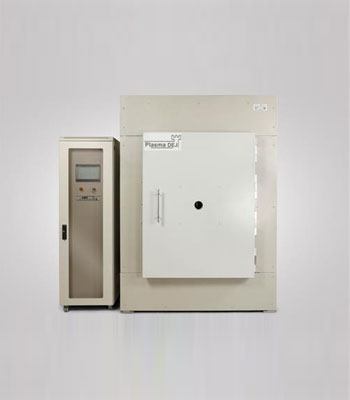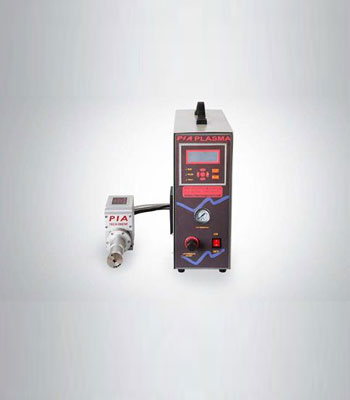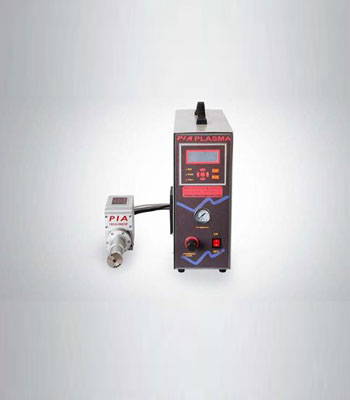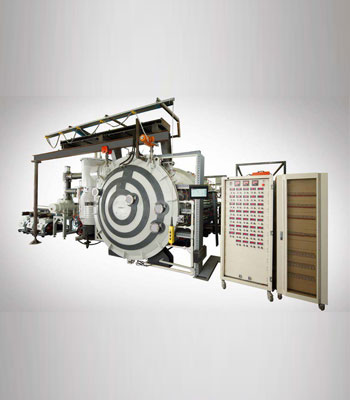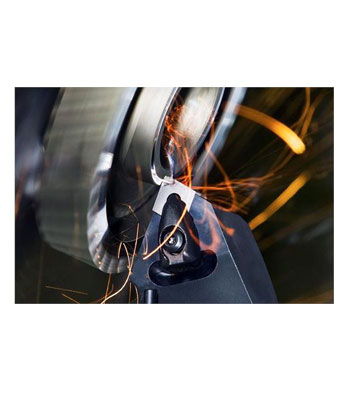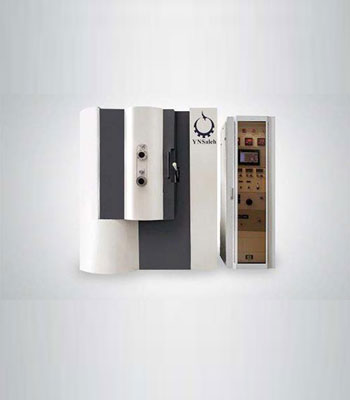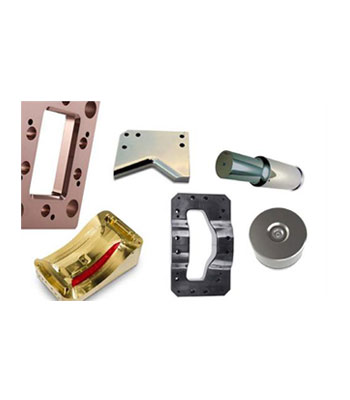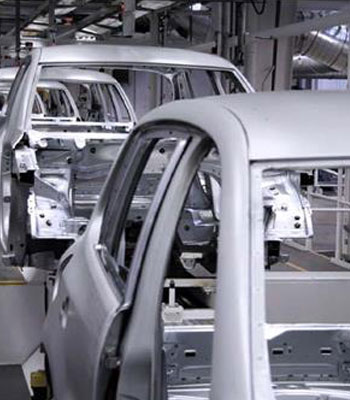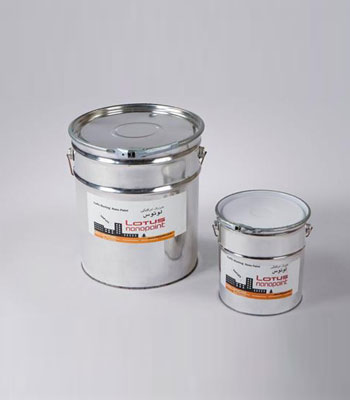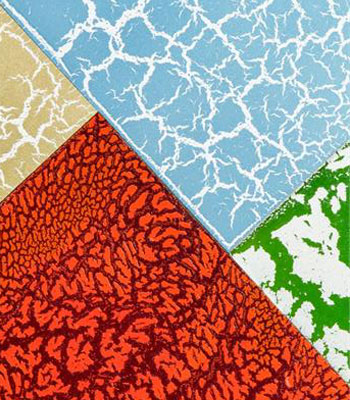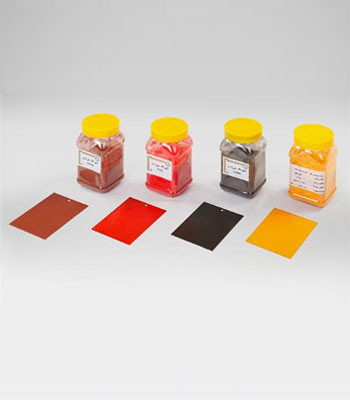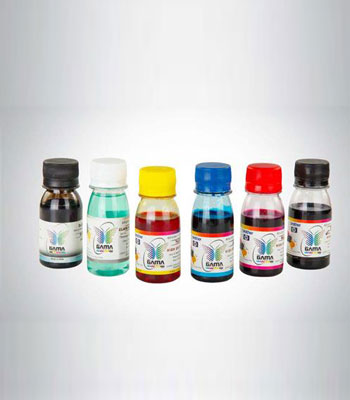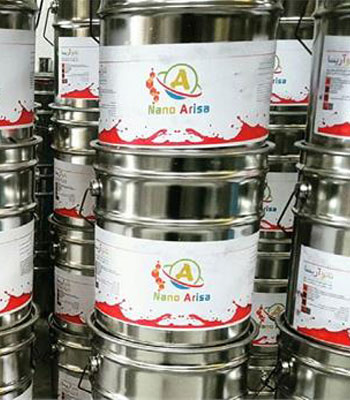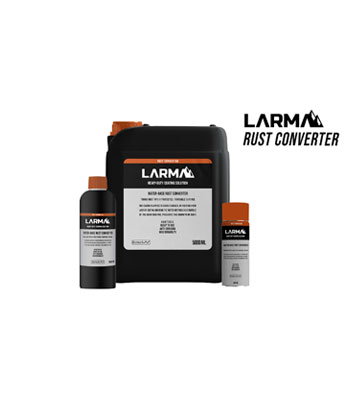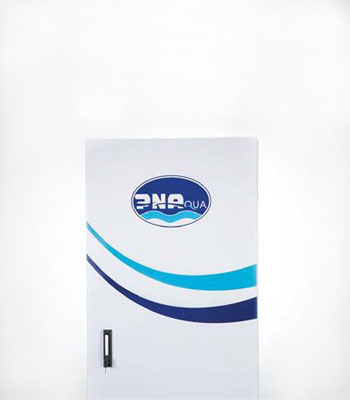Plastic Appliances Area Polymeric
$0.00Producers of the plastic equipment and devices used in transportation and product packaging industries are among the main usages of polymeric materials. Due to properties such as easier production capability in different shapes and dimensions along with lower prices and higher sustainability and durability, polymeric products have gained a special position in industries. Using cutting-edge equipment and having technical knowledge of its experienced experts, Plus Polymer has taken a major step in producing and developing products which comply with global standards and consumer demands. Plus Polymer is characterized by constant attention to quality and taking advantage of up-to-date technology in producing advanced masterbatches and compoundswith specific properties.
Construction Application Area Polymeric
$0.00Today, the use of polymers has significantly increased in the construction industry. Due to their light weight and superior performance and quality, such materials have replaced some old materials and substances.
Having a profound technical insight into the current needs in construction industries, Plus Polymer Company has made dramatic achievements in decreasing raw material consumption, lowering the weight of final products, enhancing impact resistance as well as flexural strength, eliminating distortion and shrinkage, and also reducing final costs. The polymeric additives introduced by Plus Polymer could be used in a variety of substances and materials in the construction industry. Some of the intended uses are as follows.
Container 660 Liters Polymer & Composite
$0.00Container 660 Liters
| Code : | 1016 |
| Volume (L): | 660 |
| Weight approx. (Kg): | 38 |
| Useful load (Kg): | 265 |
| Height (mm): | 1200 |
| Width (mm): | 1210 |
| Depth (mm): | 765 |
| Material: | HDPE |
Box pallet BIP1210/S2R Polymer & Composite
$0.00Box pallet BIP1210/S2R
|
External dimensions (mm): |
1200x1000x915 |
|
Internal dimensions (mm): |
1110x900x70016 |
| Weight (Kg): |
43 (±2%) |
|
External dimensions (mm): |
1200x1000x915 |
| Internal dimensions (mm): |
1110x900x70025 |
|
Weight (Kg): |
45 (±2%) |
| Capacity (L): |
700 |
|
Static Loading (Kg): |
5000 |
| Dynamic Loading: (Kg): |
1000 |
|
Racking loading (Kg): |
1000 |
| Trailer loading (pcs): |
105 |
|
Material: |
HDPE lng. Grade + UV Stablizer |
| Loading Q’ty lx40’ft HC: |
82 pcs |
Petrochemical Pallet IPH 1311/6R Polymer & Composite
$0.00Petrochemical Pallet IPH 1311/6R
| Dimension (mm): | 1300 x 1100 x150 |
| Type: | Double surface 4way entry |
| Weight (Kg): | (%2±) 26.5 |
| Static load (Kg): | 6000 |
| Dynamic load (Kg): | 1800 |
| Racking load (Kg): | 1200 |
| Material: | HDPE lng. Grade + UV Stablizer |
| Loading Q’ty lx40’ft HC: | 320 pcs |
Box pallet BIP1210/M2R Polymer & Composite
$0.00Box pallet BIP1210/M2R
| Capacity (L): | 700 |
| Static Loading (Kg): | 5000 |
| Dynamic Loading (Kg): | 1000 |
| Racking loading (Kg): | 1000 |
| Trailer loading (pcs): | 105 |
| Material: | HDPE lng. Grade + UV Stablizer |
| Loading Q’ty lx40’ft HC: | 82 pcs |
Hygienic Pallet HP12105R Polymer & Composite
$0.00Hygienic Pallet HP1210/5R
| Dimension (mm): | 1200 x 1000 x160 |
| Type: |
single surface 4way entry |
|
Weight (Kg): |
22.00 (±3%) |
| Static load (Kg): |
7,5000 |
|
Dynamic load (Kg): |
1,500 |
| Racking load (Kg): |
1,250 |
|
Material: |
HDPE/PP lnj. Grade + UV Stabilizer |
| Loading Q’ty lx40’ft HC: |
360 pcs |
Hygienic Pallet HP1210/3R Polymer & Composite
$0.00Hygienic Pallet HP1210/3R
| Dimension (mm): | 1200 x 1000 x150 |
| Type: |
single surface 4way entry |
|
weight (Kg): |
23.5 (±2%) |
| Static load (Kg): |
6000 |
|
Dynamic load (Kg): |
1500 |
| Racking load (Kg): |
1000 |
|
Material: |
HDPE/PP lnj. Grade + UV Stabilizer |
| Loading Q’ty 1×40’ft HC: |
470 Pcs |
Box pallet BIP1210/M9L Polymer & Composite
$0.00Box pallet BIP1210/M9L
|
External dimensions (mm): |
1200x1000x915 |
|
Internal dimensions (mm): |
1110x900x700M9L |
| weight (Kg): |
41.5 (±2%) |
|
Capacity (L): |
700 |
| Static Loading (Kg): |
5000 |
|
Dynamic Loading (Kg): |
1000 |
| Racking loading (Kg): |
– |
|
Trailer loading (pcs): |
105 |
| Material: |
HDPE lng. Grade + UV Stablizer |
|
Loading Q’ty lx40’ft HC : |
82 pcs |
Box Pallet with Foldable wall Polymer & Composite
$0.00Box Pallet with Foldable wall
| External dimensions (mm): 1200x1000x915 | Internal dimensions (mm): 1110x900x7009137 |
| Weight (Kg): 43 (±2%) | Capacity (L): 700 |
| Static Loading (Kg): 5000 | Dynamic Loading: (Kg): 1000 |
| Racking loading (Kg): 1000 | Trailer loading (pcs): 105 |
| Material: HDPE lng. Grade + UV Stablizer | Loading Q’ty lx40’ft HC: 82 pcs |
Foldable Box Pallet Polymer & Composite
$0.00Foldable Box Pallet
| External dimensions (mm): | 1200x1000x920 |
| Internal dimensions (mm): | 1130x920x870 |
| Weight (Kg): | 33 (±2%) |
| Capacity (L): | 900 |
| Static Loading (Kg): | 500 |
| Dynamic Loading: (Kg): | 250 |
| Trailer loading (pcs): | 288 |
| Pallet & Lid Material: | HDPE |
| Sleeve Material: | PPC |
Box pallet BIP1210/S9L Polymer & Composite
$0.00Box pallet BIP1210/S9L
| External dimensions (mm): 1200x1000x915 | Internal dimensions (mm): 1110x900x700 |
| Weight (Kg): 43.5 (±2%) | Capacity (L): 700 |
| Static Loading (Kg): 5000 | Dynamic Loading: (Kg): 1000 |
| Racking loading (Kg): – | Trailer loading (pcs): 105 |
| Material: HDPE lng. Grade + UV Stablizer | Loading Q’ty lx40’ft HC: 82 pcs |
Plastic Pallet LNP1210/3R Polymer & Composite
$0.00Plastic Pallet IPL1208/3R
| Dimension: | 1200mm x 800mm x150mm |
| Weight (Kg): | 12.00 (%3±) |
| Static Load (Kg): | 5,000 |
| Dynamic Load (Kg): | 1,000 |
| Racking Load (Kg): | 400 |
| Material: HDPE lng. | Grade + UV Stablizer |
| Loading Q’ty lx40′ ft HC: | 600 pcs |
Plastic Pallet LNP12109L Polymer & Composite
$0.00
Plastic Pallet LNP1210/9L
| Dimension (mm): | 1200 x 1000 x140 |
| Type: | single surface, 4way entry |
| weight (Kg): | 6.5 (±2%) |
| Static load (Kg): | 1600 |
| Dynamic load (Kg): | 800 |
| Racking load (Kg): | – |
| Material: | HDPE lng. Grade + UV Stablizer |
| Loading Q’ty lx40′ ft HC: | 1150 pcs |
Plastic Pallet IP1208/3R Polymer & Composite
$0.00Plastic Pallet IP1208/3R
| Dimension (mm): | 1200 x 800 x170 |
| Type: | single surface 4way entry |
| weight (Kg): | 13.5 (±2%) |
| Static load (Kg): | 4000 |
| Dynamic load (Kg): | 1250 |
| Racking load (Kg): | 600 |
| Material: | HDPE lng. Grade + UV Stablizer |
| Loading Q’ty lx40’ft HC: | 570 pcs |
Plastic Pallet IP1210/3R Polymer & Composite
$0.00Plastic Pallet IPM1210/3R
|
Dimension (mm): |
1200 x 1000 x170 |
|
Type: |
single surface, 4way entry |
|
Weight (Kg): |
17.5 (±2%) |
| Static load (Kg): |
5000 |
|
Dynamic load (Kg): |
1250 |
| Racking load (Kg): |
800 |
|
Material: |
HDPE lng. Grade + UV Stablizer |
| Loading Q’ty lx40’ft HC : |
450 pcs |
PlasmaDEJ (Textile Plasma Processing Unit)
$0.00Introduction
Cold Plasma for Food Processing
$0.00Introduction
Plasma Jet
$0.00Introduction
Hybrid PVD System
$0.00Introduction
Cathodic Arc Deposition System
$0.00Introduction
Wear & Erosion resistant Super hard Nanolayer & Nanocomposite Coatings
$0.00Introduction
Cathodic Arc & Sputtering System
$0.00Introduction
Wear Erosion & Corrosion resistant Super hard Nanolayer & Nanocomposite Coatings
$0.00Introduction
Extremely hard nanolayer and nanocomposite coatings, resistant to wear, erosion, as well as corrosion, are deposited onto the surface of a variety of forming tools such as die and punch, deep drawing, cold and hot forging, extrusion, die casting, and injection moulding tools to improve the surface quality of the moulds, extend their life span up to 10 times, and enhance their performance remarkably. It is worth mentioning that the deposition of above-mentioned coatings is performed by using a Hybrid PVD system which operates based on both cathodic arc and sputtering processes.
Wear & Corrosion resistant Super hard Nanolayer & Nanocomposite Coatings
$0.00Introduction
Wear- and corrosion-resistant super-hard nanolayer and nanocomposite coatings are widely applied onto the surface of the turbine and compressor blades in the oil, gas and aerospace industries as an alternative for the conventional coatings. It is worth mentioning that the deposition of above-mentioned coatings is performed by using a Hybrid PVD system which operates based on both cathodic arc and sputtering processes.
Golfa Nanocoating-Decorative Corrosion- & Scratch-resistant Nanostructured Coatings
$0.00Introduction
Faucets and taps contain internal and external sections. The internal sections are usually made of brass and ferrous alloys. Corrosion and abrasion resistance and beautiful appearance for external sections have achieved by applying a variety of coatings. Hard coatings are the common types which have been widely used because of their wear resistance and beautiful colors. Appropriate coatings with proper deposition processes are chosen due to the material of faucets. Nitrides containing simple metal such as TiN, ZrN and CrN are the first generation of PVD hard coatings which have been used for decorative purposes due to their beautiful appearance. Among common methods for deposition of these coatings, different PVD methods (Arc-PVD and sputtering) have become more attractive due to some special properties which can be obtained by them, such as getting nanostructured coating, high speed of production and good coating quality.
Zirconium-based Nanoceramic Conversion Coating
$0.00Introduction
Zirconium-based conversion coating, as a suitable alternative for common phosphate and chromate coatings, are widely applied on metallic surfaces to promote the paint adhesion and improve the corrosion performance. These coatings are based on the eco-friendly compounds; furthermore, the main advantage of these coatings is no need for thermal energy which consequently leads to cost reduction.
Lotus Traffic Paint
$0.00Introduction
Paint is mainly composed of finely ground pigments and fillers that are mixed into a resin or binder system. A liquid (water or solvent) is added to the mixture to produce flexibility in the final product for application in different cases. Then various ingredients and additives are incorporated for certain desired properties. This product is based on thermoplastic acrylic resin containing nano-clay, which increases wear resistance.
Electrostatic Powder Paint with Smoke Reduction Properties
$0.00Introduction
Use of powder paint as an alternative for liquid paint has created a great evolution in the color quality. Liquid paints create environmental pollution because of possessing evaporative chemical solvents during drying, and they are harmful for human health. The powder paint entered to the market for the first time in 1962. Keeping of 100% solid state, in addition to environmental pollution prevention, has offered incomparable quality against liquid paints to the industry. Powder paints are now taken 15% of the market share and compete with traditional liquid paints. Due to environmental laws on pollution and waste removal, replacement of liquid paints with powder paints becomes more important every day.
Normal Decorative Crack Paint
$0.00Introduction
Crackle techniques are most often applied to represent an aged effect. A crackle effect can also be applied for interesting texture and backgrounds, and applied to mimic organic forms like tree bark, stone and rock surfaces, and even the skin of a leaf. Crackle Paint is a fast-drying paint that crackles as it dries to create an eggshell cracking pattern in just one step. As the paint dries, it will begin to crack, showing the base color underneath.
Anti-corrosion Powder Paint
$0.00Introduction
Corrosion is the gradual destruction of materials by chemical reaction with their environment. It degrades the useful properties of materials and structures including strength, appearance and permeability to liquids and gases. The amount by which a corrosion coating reduces the rate of corrosion varies depending on the kind of metal and its environment, and is notably slower in room temperature air for aluminum, chromium, zinc, titanium, and silicon. Because of excellent corrosion resistance, thermal stability and less conductivity, SiO2 is an excellent anti-corrosion material. Inactivity and low cost make silica an excellent filler and extender for paint. Adding silica to paint creates textural qualities in paint without affecting its color. Silica has little color in drying oil, so it can be added to oil paint without affecting the tint of the color. Due to its hardness it tends to add a discernible texture to paint.
Water-based Inkjet Ink Formulated with Pigment Nanoparticles
$0.00Introduction
Ink is a liquid or paste that contains pigments or dyes and is used to color a surface to produce an image, text, or design. Ink can be a complex medium, composed of solvents, pigments, dyes, resins, lubricants, solubilizers, surfactants, particulate matter, fluorescents, and other materials. Pigment inks are used more frequently than dyes because they are more color-fast, but they are also more expensive, less consistent in color, and have limited color range than dyes. Pigments are solid, opaque particles suspended in ink to provide color. Pigment molecules typically link together in crystalline structures that are 0.1-2 μm in size and comprise 5-30 percent of the ink volume. Qualities such as hue, saturation, and lightness vary depending on the source and type of pigment.
Traffic Paint
$0.00Introduction
This product is traffic paint based on thermoplastic acrylic nanocomposite resin. In nanocomposites inorganic filler is dispersed within a polymer matrix at a nanoscale level, thus the clay layer could be intercalated or exfoliated into the polymer to form polymer/clay nanocomposites. The paint has a fast-drying time, high durability, excellent resistance to various weather conditions and excellent adhesion to surfaces covered with asphalt and cement.
Anti-corrosion Epoxy Paint
$0.00Introduction
In advanced technological era corrosion is still considered a major problem because it is the main cause of industrial failures and loss of billions of dollars annually for preventive maintenance and restoration of metal substrates. Corrosion resistant paints protect metal components against degradation due to the moisture, salt spray, oxidation or exposure to a variety of industrial chemicals. Anti-corrosion coating allows for added protection of metal surfaces and acts as a barrier to inhibit the contact between chemical compounds or corrosive materials. Addition of nanoparticles as fillers to the polymeric paints not only increases their efficiency in terms of corrosion resistance but also improves their mechanical properties.
Larma Rust Converter
$0.00Introduction
The rusting of metal surfaces reduces the longevity of metal equipment and the damage becomes far greater in humid environments. Larma Rust Converter is a coating applied on rusted surfaces and by creating a new layer, prevents the advancement of rusting while at the same time using the rust of the metal as a member of the structure. In 2 to 4 hours after applying this coating on the surface, alongside protecting the structure from rusting, it prevents the development of corrosion and active nanoparticles in the formulated structure; creating a strong anti-corrosive surface. This type of liquid coating, which is water-based (water solvent for dilution), is designed and presented for the coating and painting of rusted surfaces. After drying, the color of this coating appears burnt brown to black.

